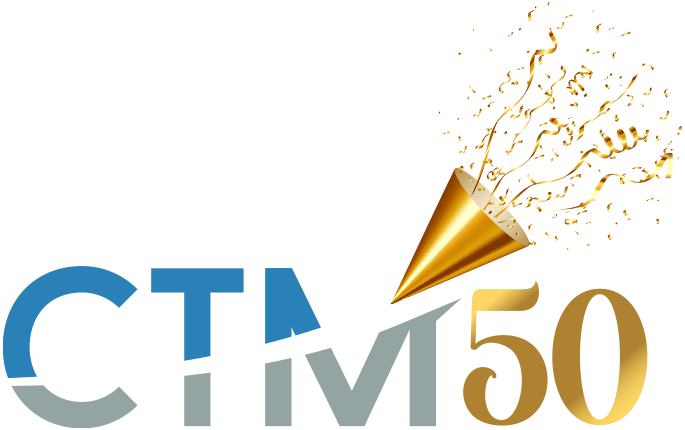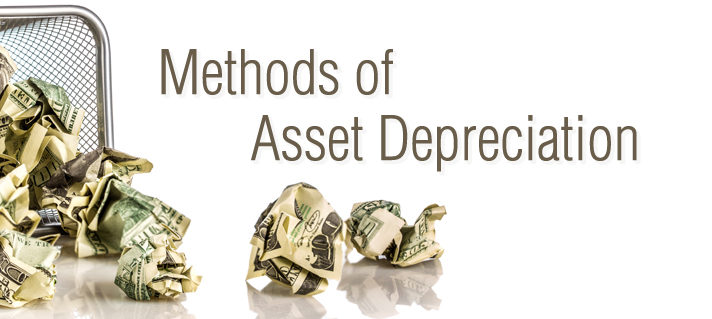With the expansion of Section 179 expense and bonus depreciation rules under the Tax Cuts and Jobs Act (TCJA), businesses may now recover the cost of an asset more quickly.
But before we get into the details of these new changes under the TCJA, let’s start with the basics: Businesses that purchase fixed assets such as equipment are allowed to deduct the cost of those assets over their useful lives. This deduction is known as depreciation. According to the “matching principle,” companies must begin depreciating the asset’s cost when it is placed in service as opposed to when it was purchased.
For an asset acquired in 2018, to be eligible for the enhanced depreciation and expensing rules under the TCJA, it must be placed in service by December 31, 2018. However, the decision to depreciate an asset using Section 179 expense or the bonus depreciation rules is not black and white. The method you choose will depend on a variety of factors, including your income, the type of property and the date it is placed in service. In this article, we will discuss the pros and cons of both options and provide examples illustrating these methods.
Section 179 Expense Election:
For certain qualifying property, the IRS allows a taxpayer to fully deduct the cost of the property as an ordinary business expense (up to an annual dollar amount, indexed for inflation) rather than requiring the cost to be capitalized and depreciated over several years.
Under the prior law, the maximum deduction for Section 179 expense was $510,000 for assets placed in service in 2017. This limit was reduced by the amount of the total Section 179 property that exceeded $2,030,000. Under the TCJA, companies may now treat up to $1 million of the cost of eligible property as a current expense under Section 179 rather than as a capital expenditure. For 2018, the $1 million dollar limit is reduced if the taxpayer places in service more than $2.5 million in eligible property during the year. For taxable years beginning after 2018, these amounts of $1 million and $2.5 million will be adjusted for inflation. An important note, however is that businesses cannot use Section 179 expense to create a loss. So if that is an issue, read on….
Eligible real property must be used in a trade or business and can be new or used. The TCJA also expands the definition of qualifying Section 179 property to include the following improvements made to nonresidential real property after the date when the property was first placed in service:
- Qualified Improvement Property (QIP)
- Roofs, HVAC, fire protection system, alarm systems and security systems.
Under the new law, Qualified Improvement Property is defined as:
Qualified Improvement Property – any improvement to a building’s interior. The improvement cannot be attributable to the enlargement of the building, an elevator or escalator, or the internal structural framework of the building.
These changes to Section 179 apply to real property placed in service after December 31, 2017.
Bonus Depreciation:
The TCJA significantly expanded bonus depreciation as well. Under prior law, a business could claim a first year bonus depreciation deduction equal to 50% of the cost of qualifying new (not used) assets placed in service in 2017.
The new law allows 100% first year bonus depreciation in year 1 for qualifying assets (new or used) placed in service between September 28, 2017, and before January 1, 2023. In 2023, bonus depreciation would be reduced 20% each year for four years until it expires on December 31, 2026.
Qualified assets include the following:
- Property that has a recovery period of 20 years or less
- Computer software
- Water utility property
- Qualified film or television production
- Qualified live theatrical production
- Specified plant
- (and possibly) Qualified improvement property
The TCJA eliminated the three categories of qualified real property (qualified leasehold improvements, qualified restaurant property and qualified retail improvement property) and replaced them with a general category called QIP (which we have defined above). The previous three categories of qualified real property were each assigned a 15-year property definition but the new law removed those categories from the definition of 15-year property. Unfortunately, the drafters of the TCJA failed to assign a depreciable life for QIP. As a result, QIP defaults to a 39-year life and these type of assets are not eligible for bonus depreciation.
Is it possible that there would be a technical correction with respect to the useful life assigned to QIP? While we would all hope that such a correction would take place before the end of the year, it seems that our legislators have many other important issues to tackle such as the looming budget crisis and whether our government will continue running in December. With this in mind a technical correction seems unlikely, at least for 2018. All of your yearend tax planning should assume that the tax law with respect to QIP will remain intact.
All of this sounds pretty confusing. Let’s try to lay this all out in plain and simple English: Suppose you own a restaurant and engage in a building remodel:
- Remodel takes place 1/1/17 – 9/26/17 – Treated as 15 year qualified restaurant property. You can take up to $510,000 Section 179 expense and/or 50% bonus depreciation.
- Remodel takes place 9/27/17 – 12/31/17 – Treated as 15 year qualified restaurant property. You can take up to $510,000 Section 179 expense and/or 100% bonus depreciation.
- Remodel takes place after 1/1/18 – Treated as 39 year QIP. You can take up to $1 million Section 179 expense on the interior portion of the building only as well as the roof, HVAC, fire, alarm and security systems. Bonus depreciation is not available on any part of the cost.
The following examples illustrate the effect of the new tax law on a restaurant building remodel. The results are quite eye opening.



Comparing these three examples, it is obvious that if you completed a restaurant remodel between 9/27/17 and 12/31/17, you hit the jackpot! You might have saved almost $800,000 in taxes in example #2. Compare this result with what might happen in 2018, with the same set of facts (example #3) – and you would only see a $300,000 tax savings. The new depreciation rules can be very confusing. Always be sure to consult with your tax advisor to make sure you are taking the right path. The wrong path can cost you a lot of tax dollars!









